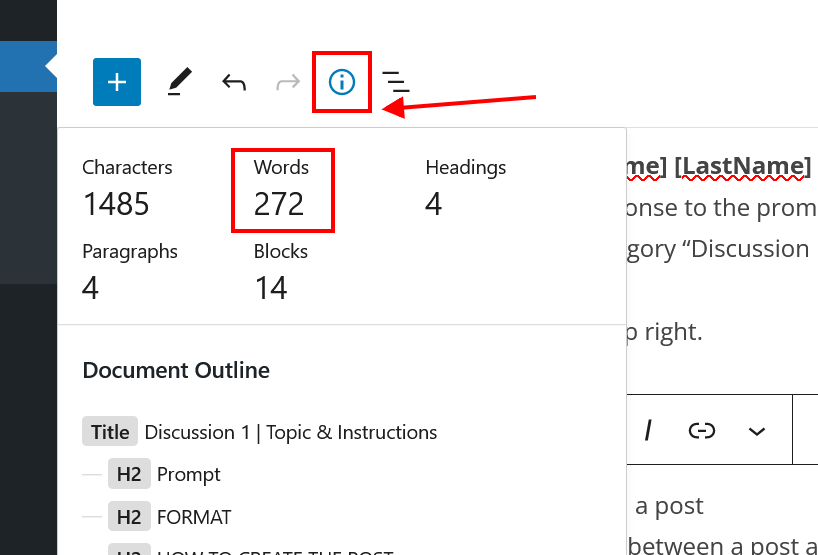I understand a liberated woman to be free from societal expectations and judgment. A woman who does not have to stay within gender roles that take away her freedom of speech and choice. To me, liberation means freedom. The freedom to express yourself and opinions, to make decisions for yourself, and to live your life the way you want to. Not under any guidelines dependent on a man or society. Women have been kept under the power of someone else that declared ownership of her like a father or husband. A liberated woman isn’t under anyone’s power and has full control over her own life.
Liberated woman encourage others to follow and support them. They are important for women’s liberation because they are leading the movement by example. Society has restricted women for years, keeping them in a position dependent on men. The idea of breaking away from gender norms could be scary. The patriarchy made the idea of independence seem unachievable and scary for a lot of women which is why they would be hesitant toward liberation. Liberated women lead by example, showing fearful or hesitant women that they are capable of supporting themselves and their families and continue to thrive independently.
It takes personal action to create political change. If women didn’t make the personal decision to strive for liberation, the liberated woman would not exist. I like to think of it like it only taking a drop of water to cause a dam to overflow. It only takes one person’s action to begin a movement.
These pieces show that “the personal is political” because women’s shared personal struggles are rooted in political issues. Gender inequality and the patriarchy are political issues that effect women’s personal lives. The societal opression of women plays an important role in the power imbalance between men and women. Liberation being something women have to fight for shows how politics are related to their personal experiences. If that weren’t the case, gender roles, gender inequality, and opression would not be prevalent issues in our society. Women wouldn’t need liberation if they were never opressed by a male dominated political system. “The personal is political” express how women’s personal issues are often the result of political issues and how both are so intertwined with one another.

